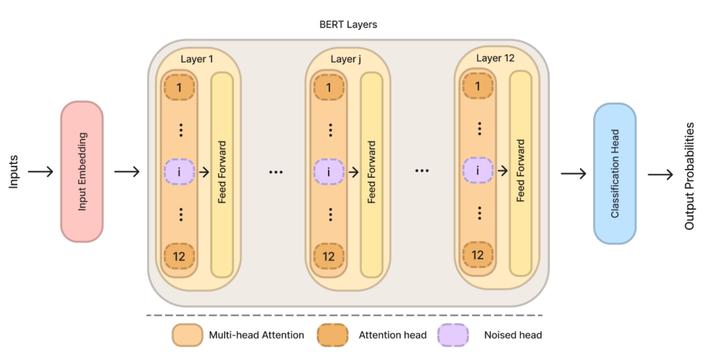
Abstract
In recent years, large Transformer-based Pre-trained Language Models (PLM) have changed the Natural Language Processing (NLP) landscape, by pushing the performance boundaries of the state-of-the-art on a wide variety of tasks. However, this performance gain goes along with an increase in complexity, and as a result, the size of such models (up to billions of parameters) represents a constraint for their deployment on embedded devices or short-inference time tasks. To cope with this situation, compressed models emerged (e.g. DistilBERT), democratizing their usage in a growing number of applications that impact our daily lives. A crucial issue is the fairness of the predictions made by both PLMs and their distilled counterparts. In this paper, we propose an empirical exploration of this problem by formalizing two questions: (1) Can we identify the neural mechanism(s) responsible for gender bias in BERT (and by extension DistilBERT)? (2) Does distillation tend to accentuate or mitigate gender bias (e.g. is DistilBERT more prone to gender bias than its uncompressed version, BERT)? Our findings are the following: (I) one cannot identify a specific layer that produces bias; (II) every attention head uniformly encodes bias; except in the context of underrepresented classes with a high imbalance of the sensitive attribute; (III) this subset of heads is different as we re-fine tune the network; (IV) bias is more homogeneously produced by the heads in the distilled model.